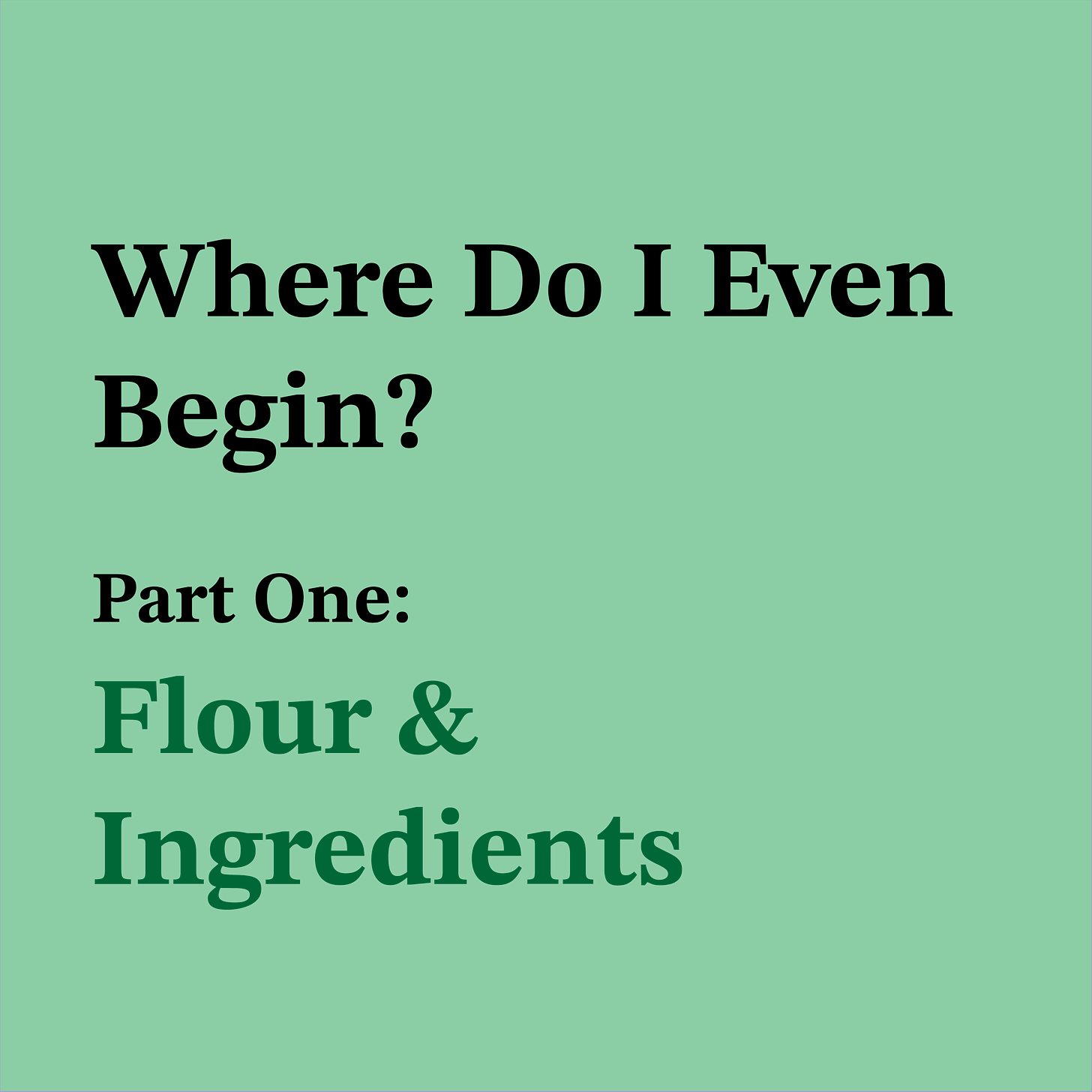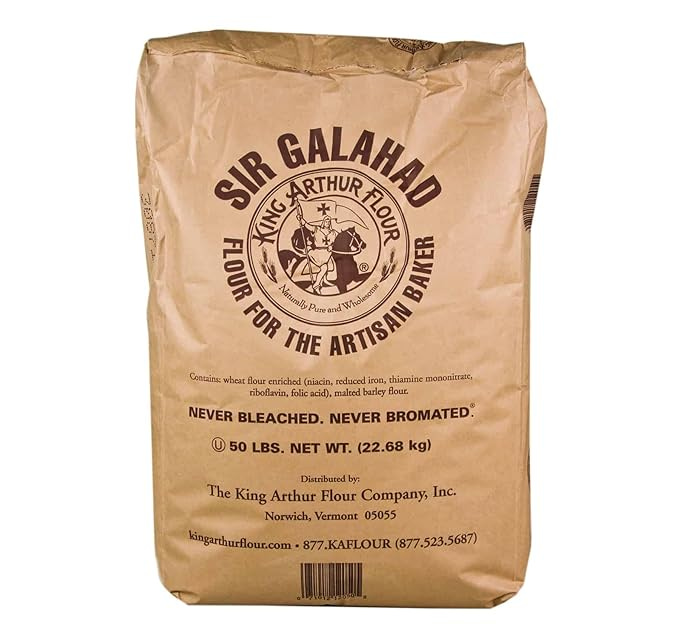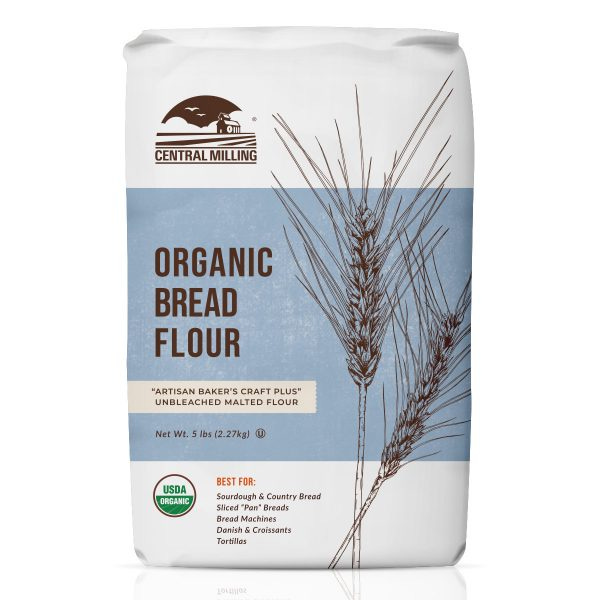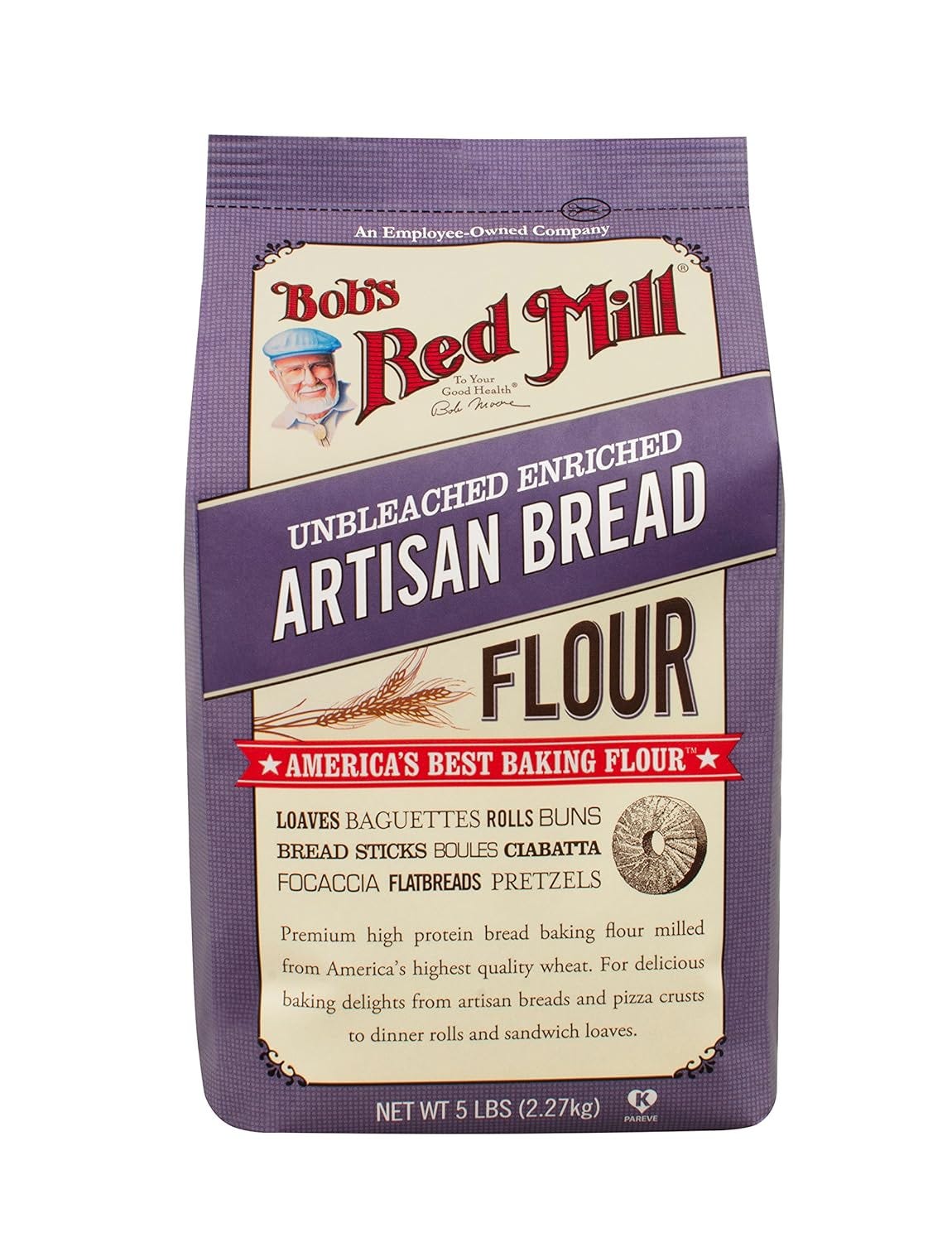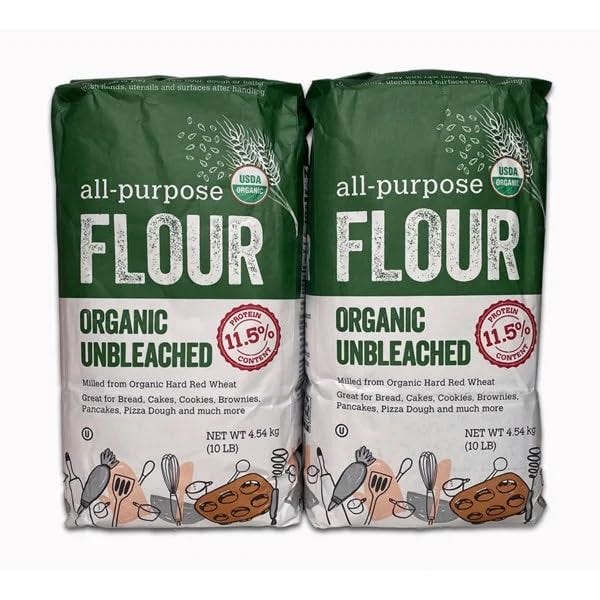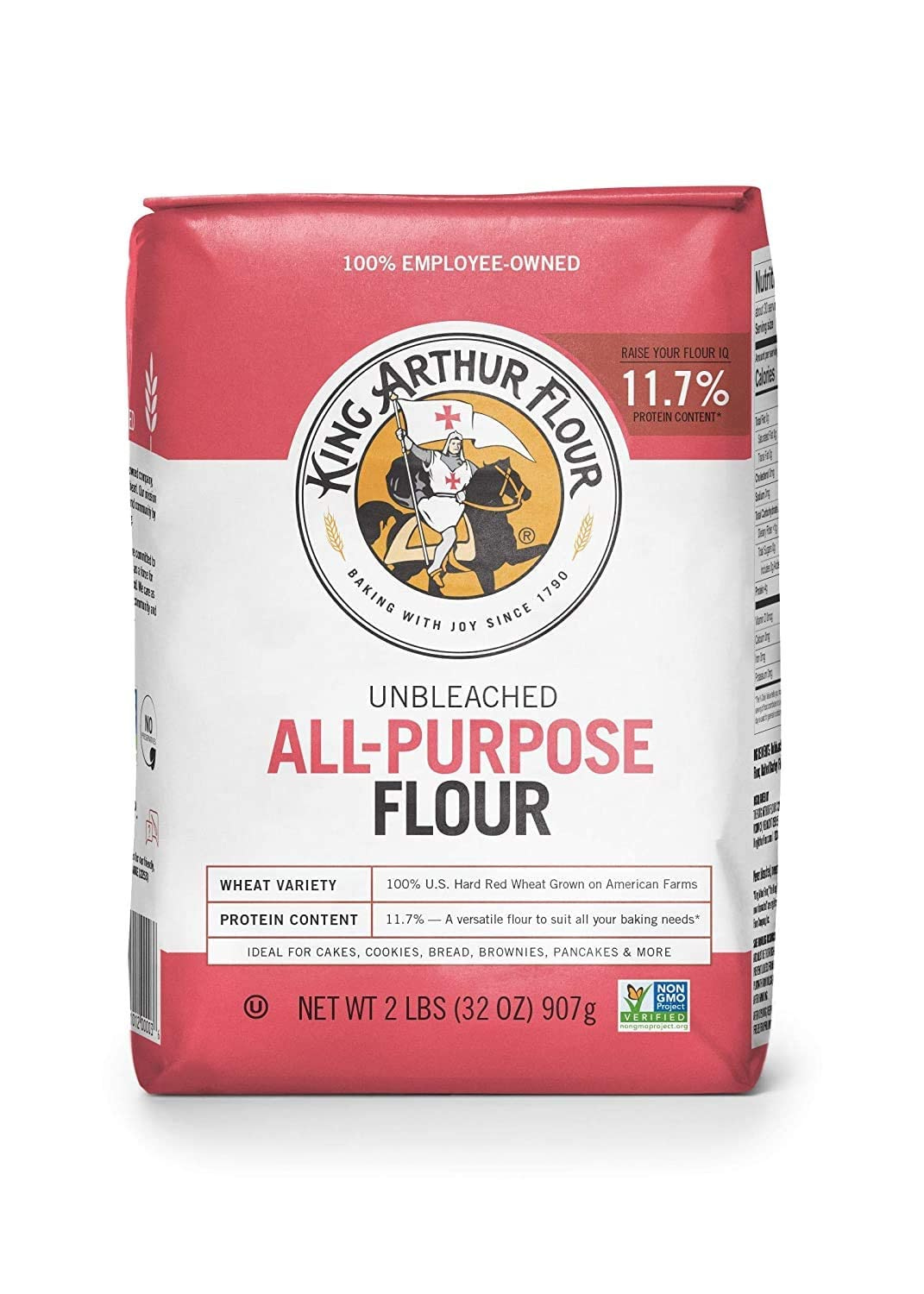Welcome to “Where Do I Even Begin.” In this series, I’ll explore every aspect of sourdough bread baking to try to simplify the process as much as I can.
We’ll cover:
Flour & Ingredients
Gear
Sourdough Starter and Pre-Ferments
Mixing & Autolyse
Bulk Fermentation
Pre-Shaping and Shaping
Proofing
Baking
For background on this project, please read the previous post.
A disclaimer before I begin: This post, and my techniques in general, rely on flours that are broadly available in North America. Techniques may vary using European flours.
White Bread Flours
A good bread flour is…
11-13% protein
Capable of producing loaves with an open texture and good volume when properly hydrated.
Suitable for use in a sourdough pre-ferment.
Functional as a dusting flour for bannetons1, and won’t cause loaves to scorch during baking.
Let’s look at some examples. But before we get started, allow me to take a quick detour to explain how I’ll be evaluating them.
I’ll give each flour a dough score, which refers to how much I like the volume, texture, and flavor of the loaves each flour produces. The dusting flour score refers to how suitable a given flour is for dusting bannetons, and the starter/levain score refers to how easy it is to use each flour in a sourdough pre-ferment.
This analysis is purely subjective of course.
King Arthur Sir Galahad Artisan Flour - ★★★★★
11.7% protein, .5% ash2
Dough Score: ★★★★★
This flour has a terrific balance of strength and extensibility and produces beautiful, open-textured loaves. It’s not quite as absorbent as my runner-up, Central Milling Artisan Baker’s Craft Plus, which needs 75% hydration to produce results comparable to Sir Galahad at 70%. This is neither a good thing nor a bad thing, but rather something to keep in mind.
Dusting Flour Score: ★★★★★
This flour has a slightly decreased enzymatic activity than other flours labeled “bread flour” despite otherwise behaving like one. This means that it won’t cause scorching on your bread if you use it to dust your bannetons and the underside of your loaves. If you’re not using a linen liner with your bannetons, and even if you are, I suggest a 50/50 blend of this flour with rice flour for best results.
Starter/Levain Score: ★★★★½
This flour works great for pre-ferments, but the visual cues can get a little confusing. At warmer temperatures, your liquid starter or levain will peak, fall, and rise again. At closer to 70 degrees, this flour will behave closer to other bread flours. I suggest using visual and aromatic cues other than “peak” to determine when to use your starter.
Notes: This flour is only available in 50-pound bags. It’s also enriched, which means it has been fortified with B vitamins, as required by law in some states and countries.
Central Milling Artisan Bakers Craft Plus Flour - ★★★★½
11.5% protein, .6% ash
Dough Score: ★★★★★
Like Sir Galahad, Central Milling ABC+ produces loaves that have a perfect, open texture. It’s a little more absorbent, however, and requires more gluten development to produce a comparable volume in the oven.
Dusting Flour Score: ★★★
This flour is more enzymatically active than other flours on this list, which means it’ll cause your bread to brown more rapidly at the same temperatures. This frequently leads to bottoms of loaves that are bordering on burnt. If you’re using this flour as your bread flour, I’d recommend using a different flour as your dusting flour.
Starter/Levain Score: ★★★★★
This flour is a dream to use for sourdough pre-ferments and works well across a range of temperatures. At 70 °F and fed 1:4:4, a pre-ferment fed with Central Milling ABC will reach what most would consider “maturity” in the 12-14 hour range.
Notes: This organic flour is available in 5, 25, and 50-pound bags. It’s available at grocery stores in the western and southwestern United States and is available to ship from Central Milling’s website for those of us who live elsewhere.
King Arthur Bread Flour - ★★★★
12.7% protein, .6% ash
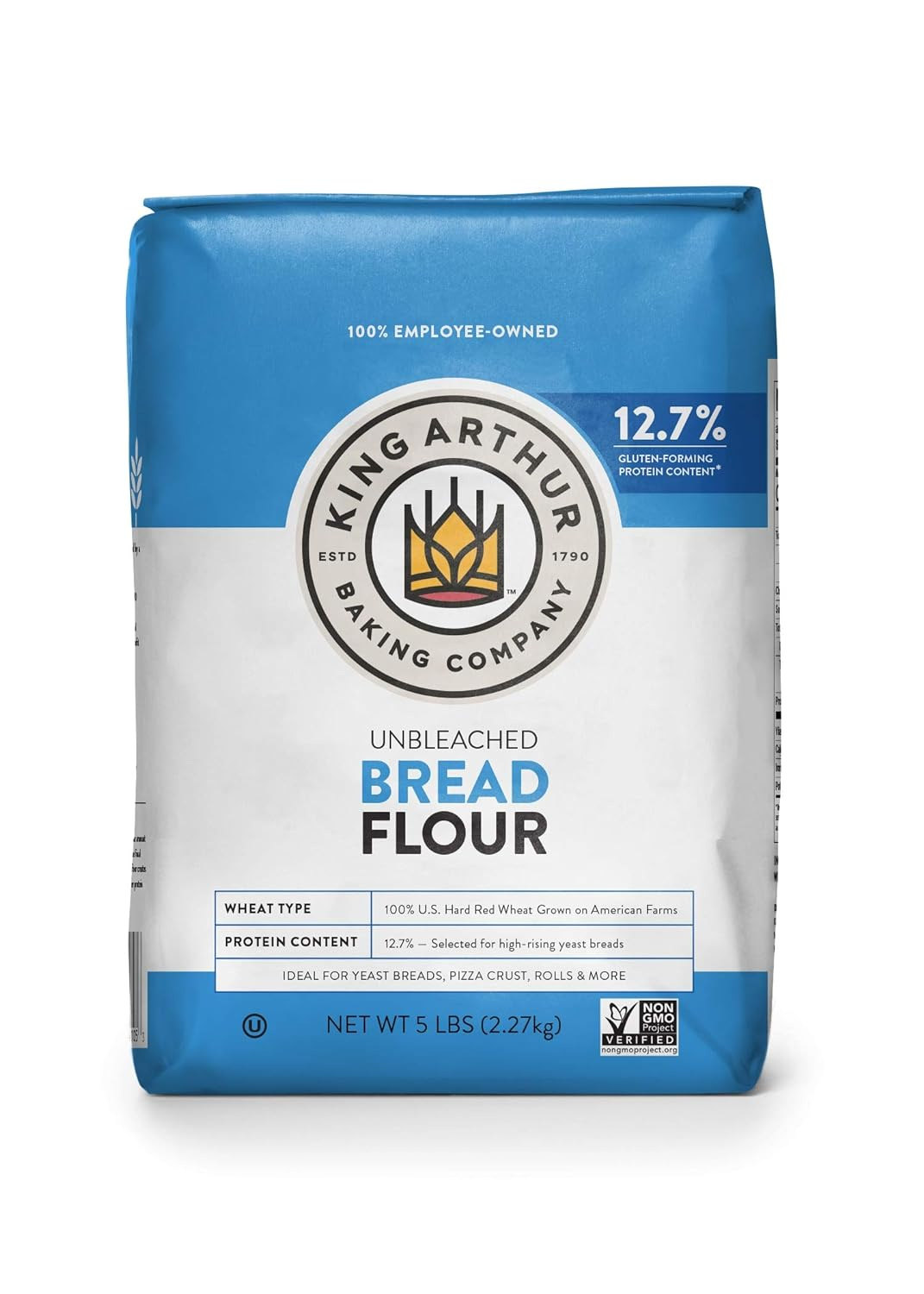
Dough Score: ★★★★
Doughs made with King Arthur Bread Flour come together with minimal effort due to the presence of a large quantity of gluten-forming proteins.
While it’s easy to make visually appealing bread with this flour and that makes it great for beginners, producing delicious bread takes a little more work. You really need to push your fermentation further with this flour, otherwise, you might find a bread that is unnaturally chewy when compared to something you’re likely to find at a bakery, and one that is lacking in flavor.
Dusting Flour Score: ★★★★
This flour is more enzymatically active than King Arthur Sir Galahad and will produce darker bottoms of loaves, but never ones that I’d call “scorched.”
Starter/Levain Score: ★★★★
King Arthur Bread Flour will produce pre-ferments that rise and fall at predictable intervals, but I recommend using them well past their “peak” to produce better flavors. More protein means less starch, and starch is what our yeast and bacteria eat to leaven and flavor our bread.
Notes: This flour is available in 5 and 10-pound bags at grocery stores and can be found in all 50 states. A 50-pound cousin, King Arthur Special Patent, is available, but I was not able to evaluate it for this article.
Bob’s Red Mill Artisan Bread Flour - ★★★★
13.9% protein, undisclosed ash content
Dough Score: ★★★★
Another great flour for beginners. At 13.9% protein, I wouldn’t ordinarily recommend this flour for ordinary bread usage, but the loaves it makes are beautiful and not quite as toothsome as those made with King Arthur Bread flour. It loses a star for the same reason, though: I don’t find that Bob’s Red Mill Artisan Bread Flour produces the flavors and textures that I prefer.
Dusting Flour Score: ★★★★
See my explanation for King Arthur Bread Flour.
Starter/Levain Score: ★★★½
With a higher protein content than King Arthur Bread Flour, this flour has been adjusted enzymatically so that fermentation can occur at predictable rates, but it still suffers from many of the same problems. So much of the flavor of your bread comes from the flavor of your pre-ferment, and strong white flours simply don’t produce deeply flavorful pre-ferments.
Notes: 5-pound bags of this flour are available at grocery stores in all 50 states, and online through Amazon. 25-pound bags can be purchased through distributors and some online outlets.
Kirkland Signature Organic All-Purpose Flour - ★★★½
11.5% protein, .55% ash
Dough Score: ★★★
This is the rare all-purpose flour that has the strength/extensibility balance of bread flour.
That being said, I’ve seen a lot of batch variation with this flour, and for that reason cannot recommend it for beginners. If you’re adventurous, this flour can produce some wonderful bread, but you may find that you need to adjust your hydration wildly from bag to bag. I bake almost every day, and this is something even I am not interested in doing.
Dusting Flour Score: ★★★★★
In my experience, any flour labeled “all-purpose” will work great for dusting your bannetons.
Starter/Levain Score: ★★★
Due to batch variation and an enzymatic activity consistent with most all-purpose flours, I cannot recommend this flour for starter feedings. There is a real risk of killing your bacterial culture with normal feedings if you aren’t completely attuned to the visual and aromatic cues.
Notes: Available at Costco in 10-pound bags, sold in a pack of two.
King Arthur Unbleached All-Purpose Flour - NOT RECOMMENDED
11.7% protein, .5% ash
Dough Score: ★★
The conventional wisdom that this flour and Sir Galahad are the same thing is self-evidently false to anyone who has ever used both. This flour sucks to work with and it didn’t use to, and that breaks my heart.
The doughs it produces are so strong that you can’t follow King Arthur’s recipes from three years ago and expect to get the same results. When there are so many other flours on this list that are easy to work with, why even bother with one that’s not?
Dusting Flour Score: ★★★★★
Frankly, this is all I can recommend this flour for.
Starter/Levain Score: ★★
Suffers from some of the same problems as the Kirkland All-Purpose flour, and has some really confusing visual and aromatic cues that make this tough for beginners.
Notes: Available at grocery stores in 5 and 10-pound bags, and at Costco in 12-pound bags.
Whole Grain Flour
To get started, I recommend that you purchase one good whole wheat flour and one good dark rye flour.
For something that’s likely to be available at a grocery store, look no further than King Arthur White Whole Wheat Flour and Bob’s Red Mill Dark Rye Flour.
If you want to level up, I suggest finding a local mill in your area and buying your whole grain flours directly from them. Challenger Breadware has produced this handy guide to help you find a mill in your area. Mine is Janie’s Mill, and their flour is awesome.
In general, look for a hard red or hard white wheat with 12.5-14% protein. As you get more adventurous, you can branch into ancient grains, landrace grains, and other heritage grains that produce flavorful bread, though they might have baking properties that make them more challenging to work with.
Dusting Flour (Optional)
If you want to get those cool flour lines on your finished loaves, you’ll need to go liner-free on your bannetons and dust them pretty well.
Using any of the bread flours above will work, but some flour will inevitably get reabsorbed by your bread as it proofs.
To avoid a sticky situation, a 50/50 blend (by weight) of white rice flour and all-purpose flour (or bread flour) is advised. I keep my dusting flour in its own container and use a cocktail strainer to sift it over my bannetons.
Bench Flour
Use any of the bread flours above during pre-shaping or shaping. You don’t want to include rice flour here, as that will prevent your bread from sticking to itself, which is the entire goal.
Salt
Any sea salt will do, but I recommend using fine sea salt, which dissolves more rapidly than something with larger crystals like kosher salt.
Redmond Real Salt is a good option since it can be found at any Whole Foods and comes in a quantity you are likely to want to store at home, but if you’re insistent on only keeping one salt in your house, make it Diamond Crystal Kosher Salt3. Just know that you’ll need to mix your dough a little longer to incorporate the larger crystals.
Water
Use any water you would drink, but run it through a filter first to remove chlorine. Chlorine will diminish the activity of your fermentation and will even kill a new culture if you’re trying to start one from scratch.
I just use water from the dispenser on the door of my refrigerator. If you don’t have a way to filter water, you can leave some out overnight. This allows the chlorine to dissipate through a mechanism that I have not bothered to research further. My mother-in-law says it’s true, and that’s good enough for me.
Why You Should Just Get Over It and Buy a 50-Pound Bag of Flour
When you saw that my favorite flour was only available in 50-pound bags, I bet you scoffed. And those who know me probably thought “he would buy flour in 50-pound bags.”
Well, guess what? So should you. It’s not that big of a deal.
If you have the free time and mental energy to even consider making sourdough baking your hobby, you probably have a place to stash a 50-pound bag of flour.
I didn’t have HBO until I was 35 because growing up, we didn’t identify as “the type of people” who had HBO. But then I found out it was $15.
Consider becoming the type of person who buys a 50-pound bag of flour. It will save you money and trips to the grocery store, and people will think you’re a weirdo up until the moment that they try your bread.
This post contains affiliate links. By clicking an affiliate link and buying something, you are directly supporting Fill Up on Bread.
Bread proofing baskets.
Ash content refers to the amount of bran and germ left in a flour sample after it is incinerated.
Diamond Crystal is now widely available at Trader Joe’s.


